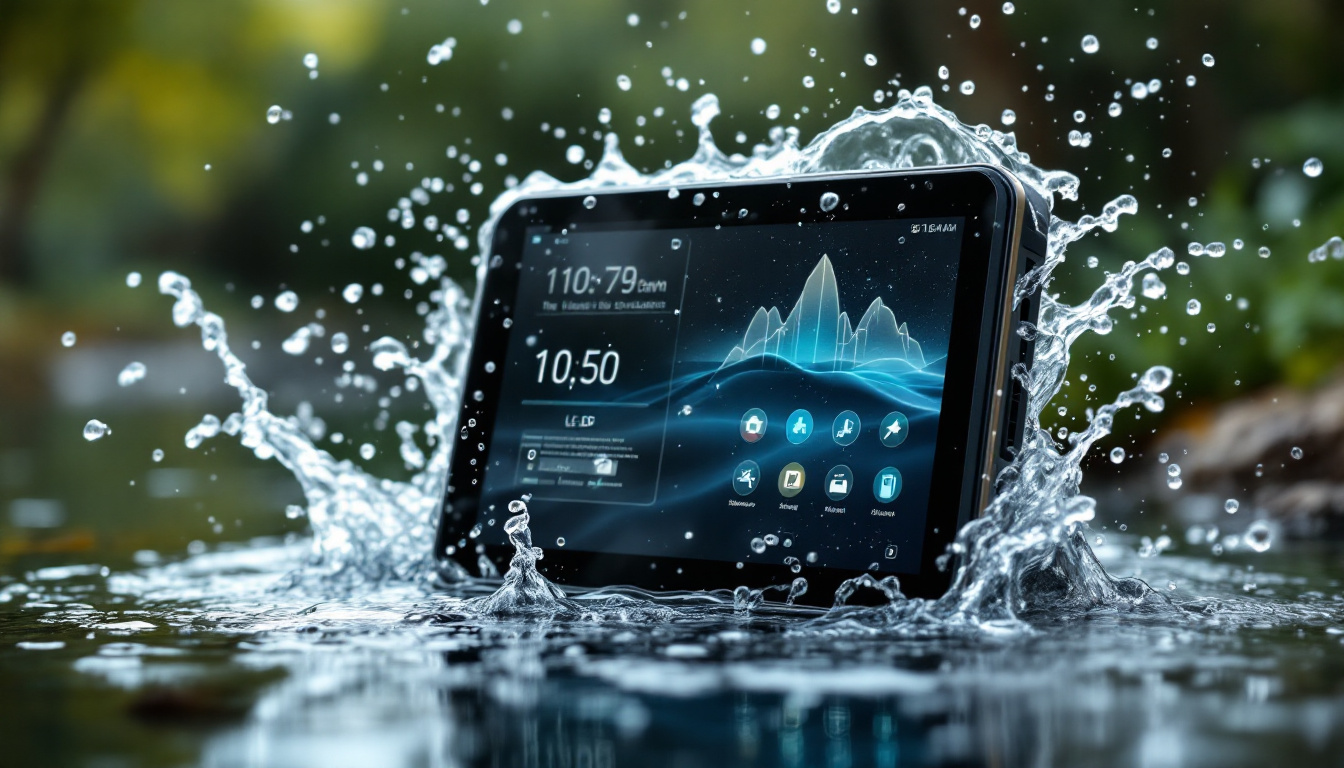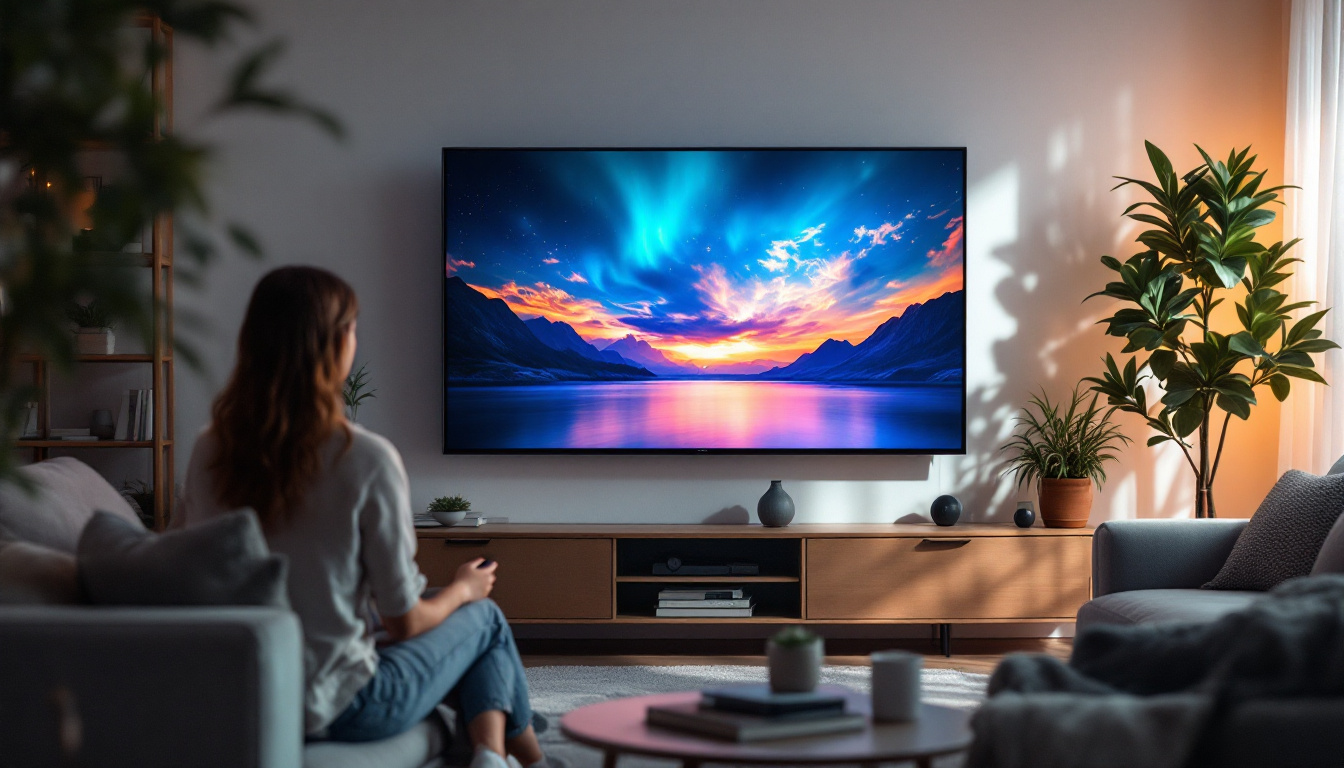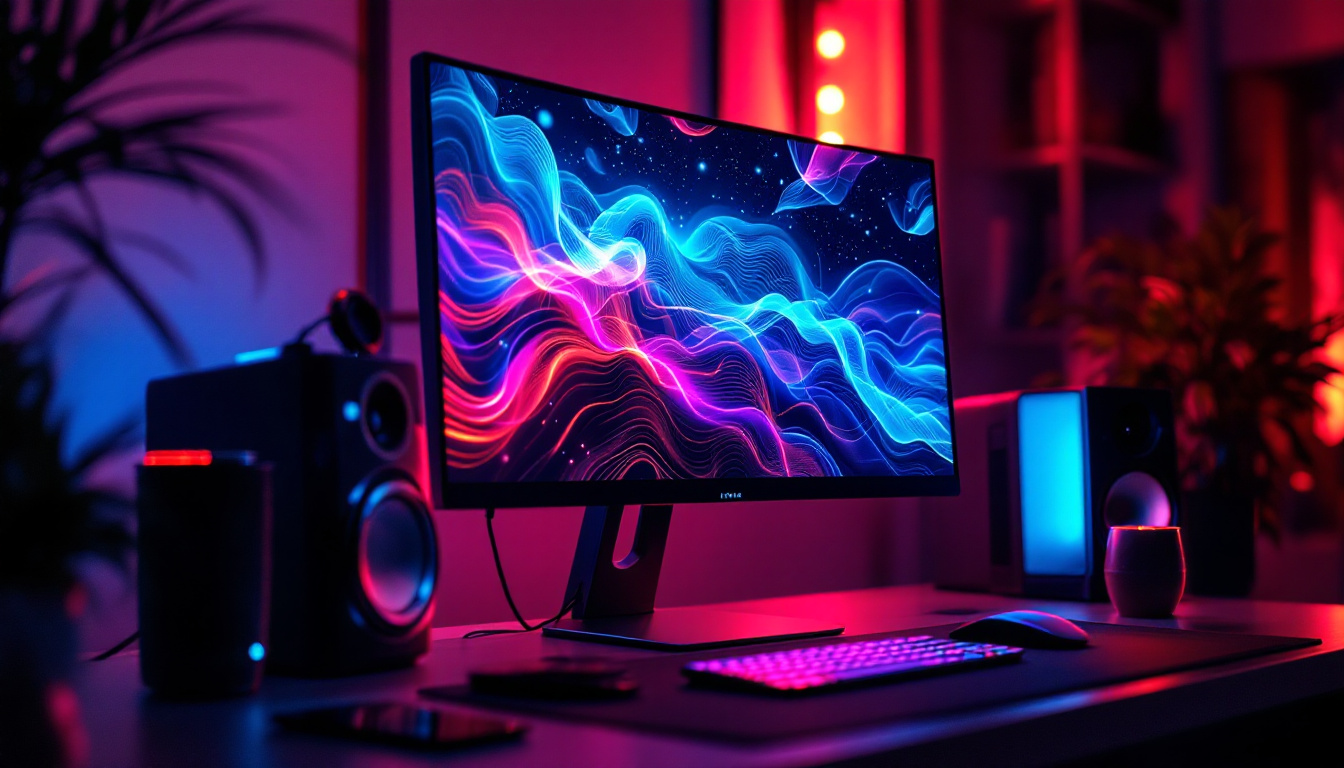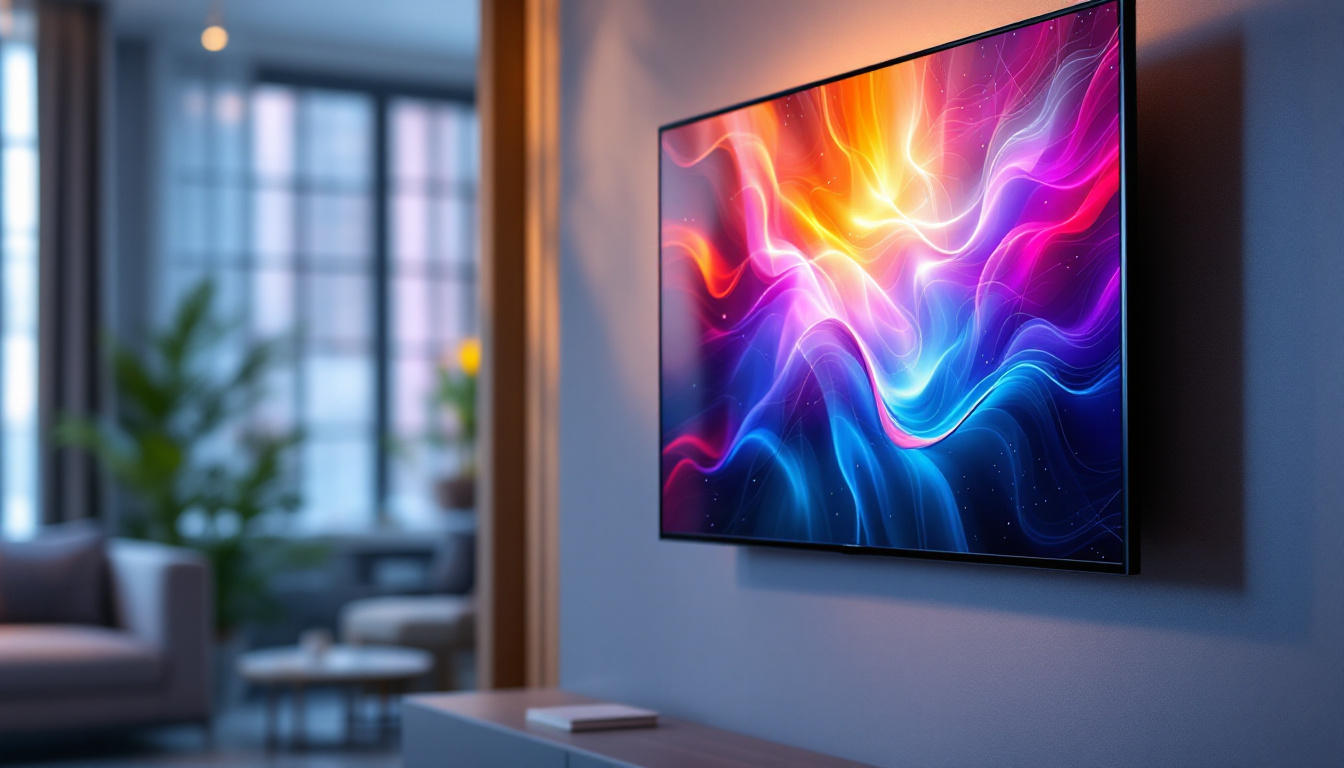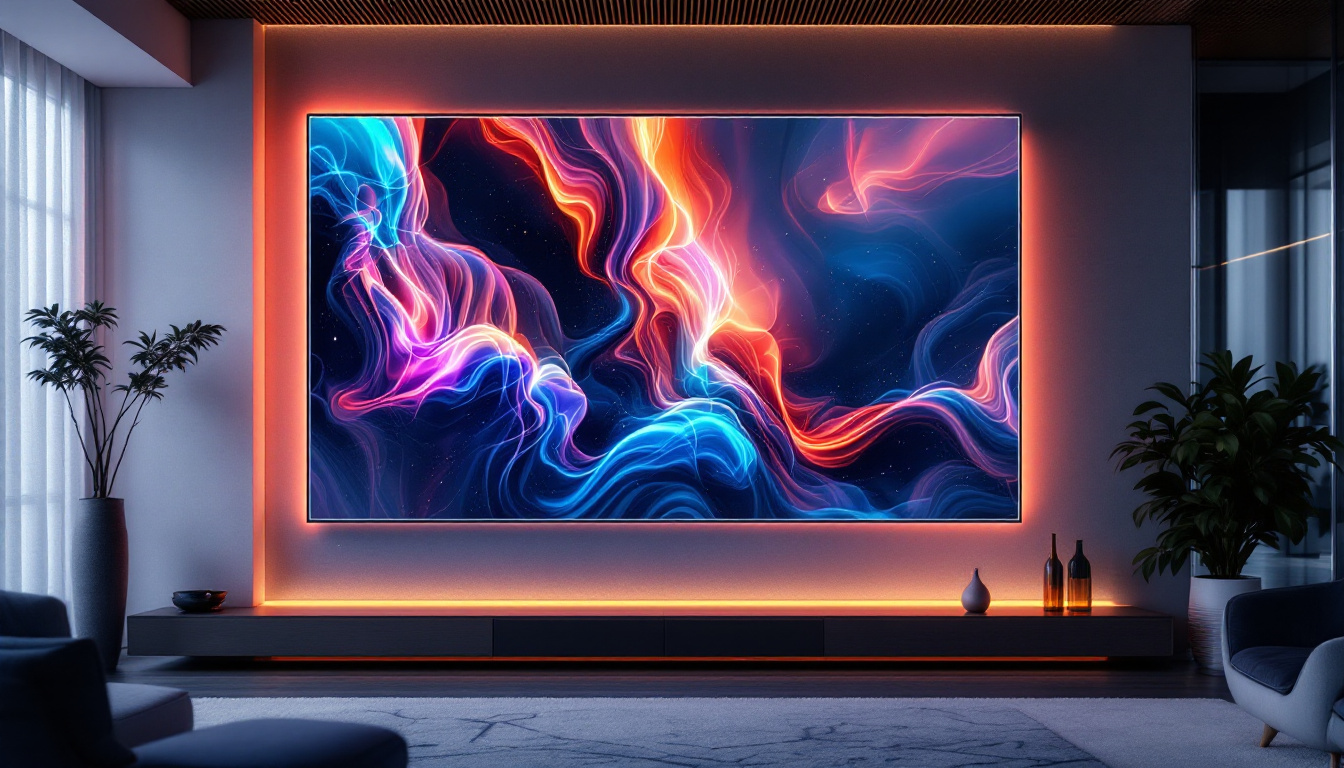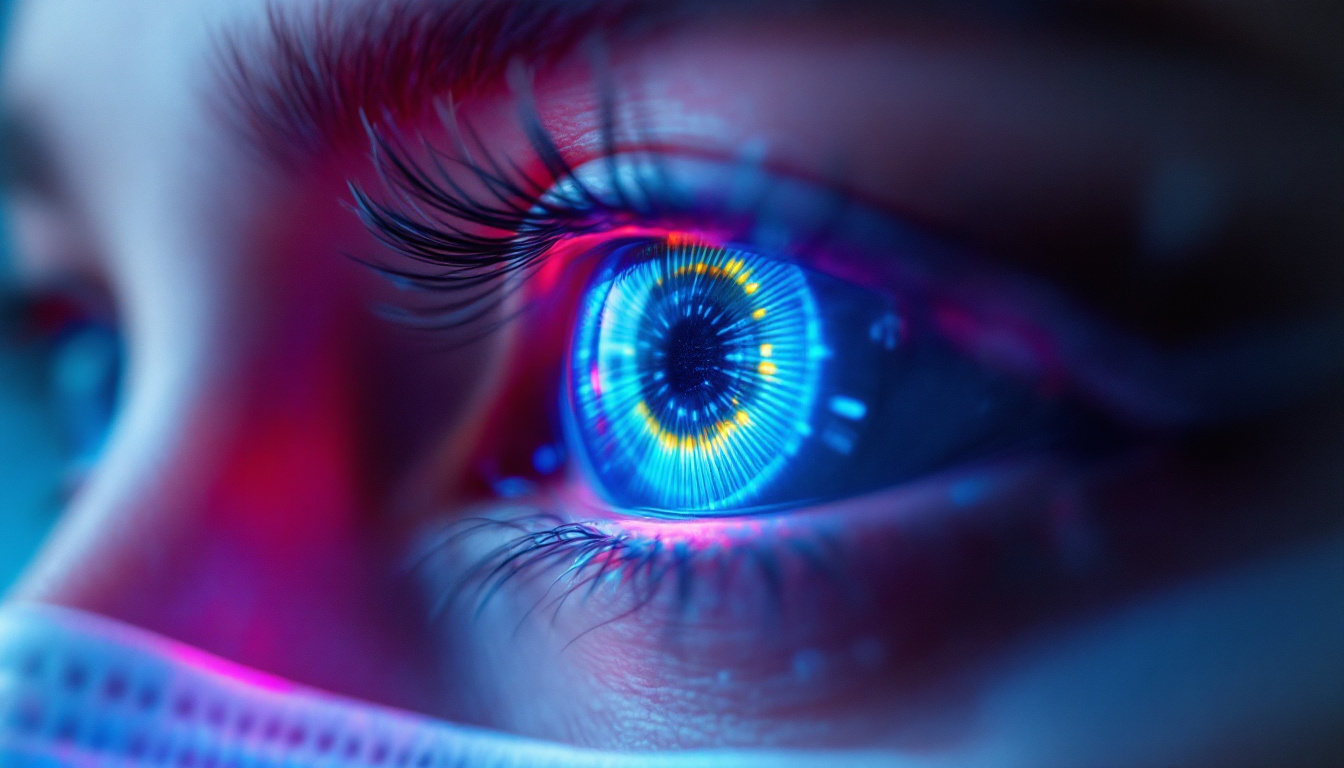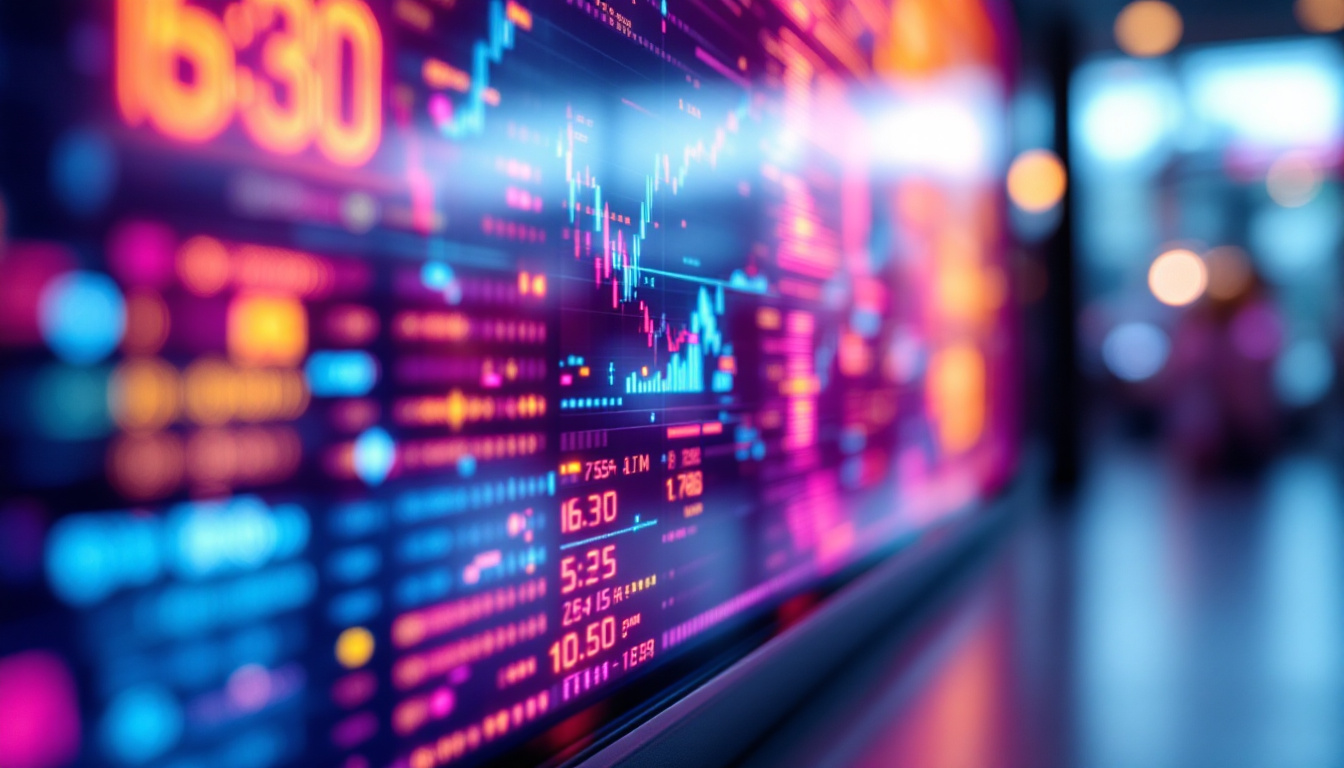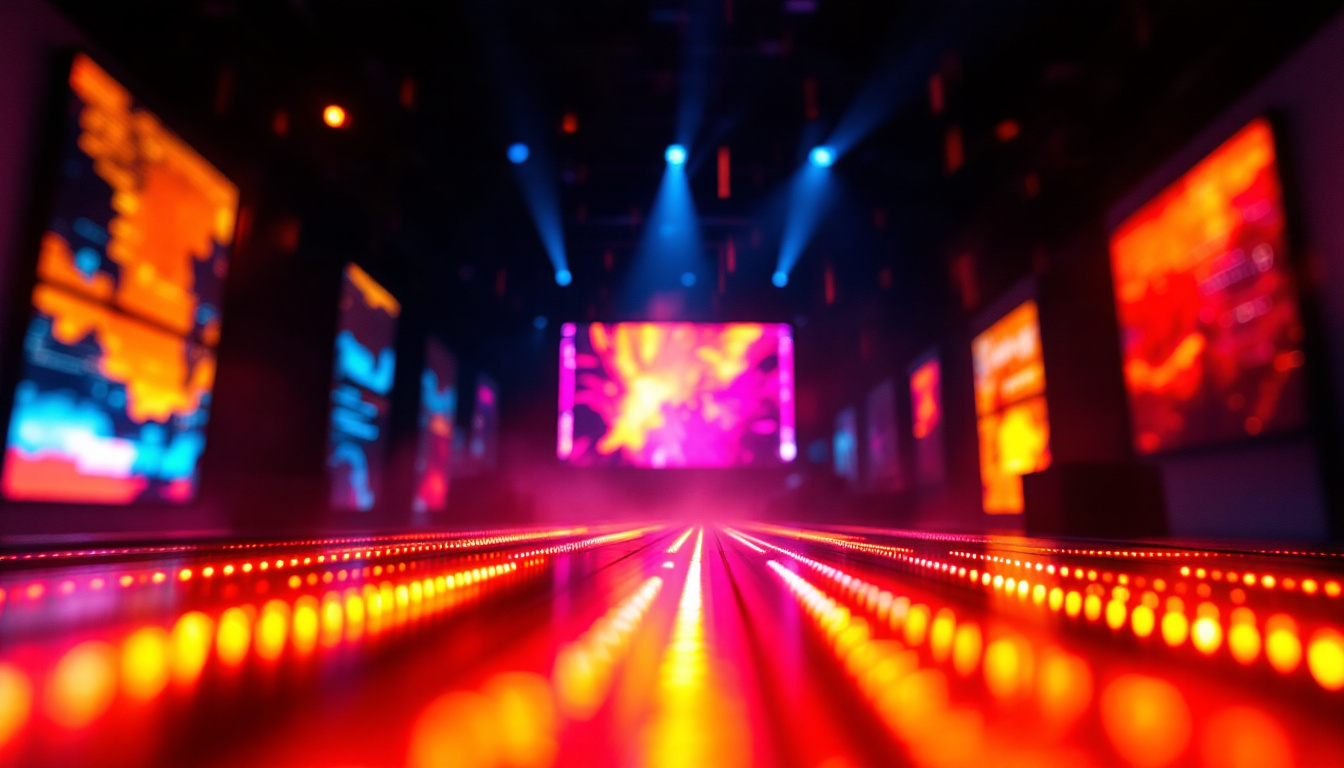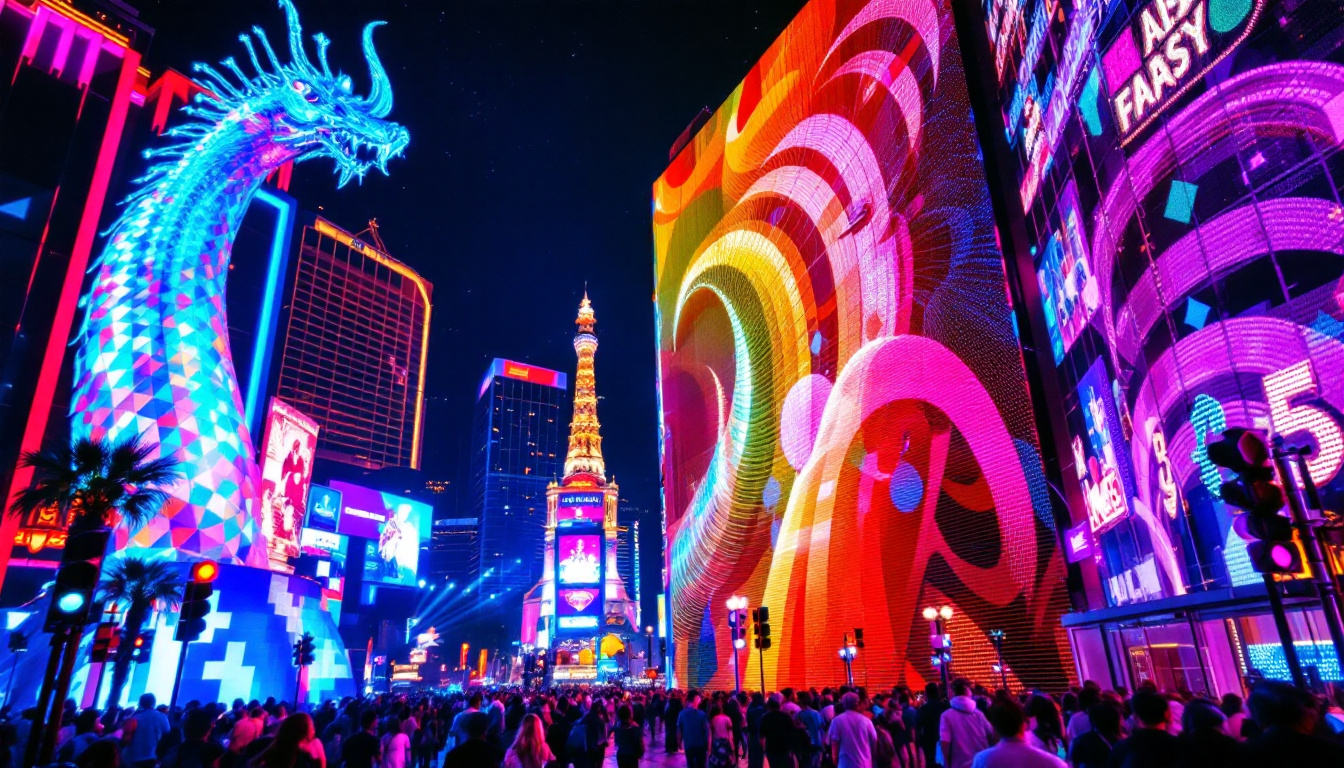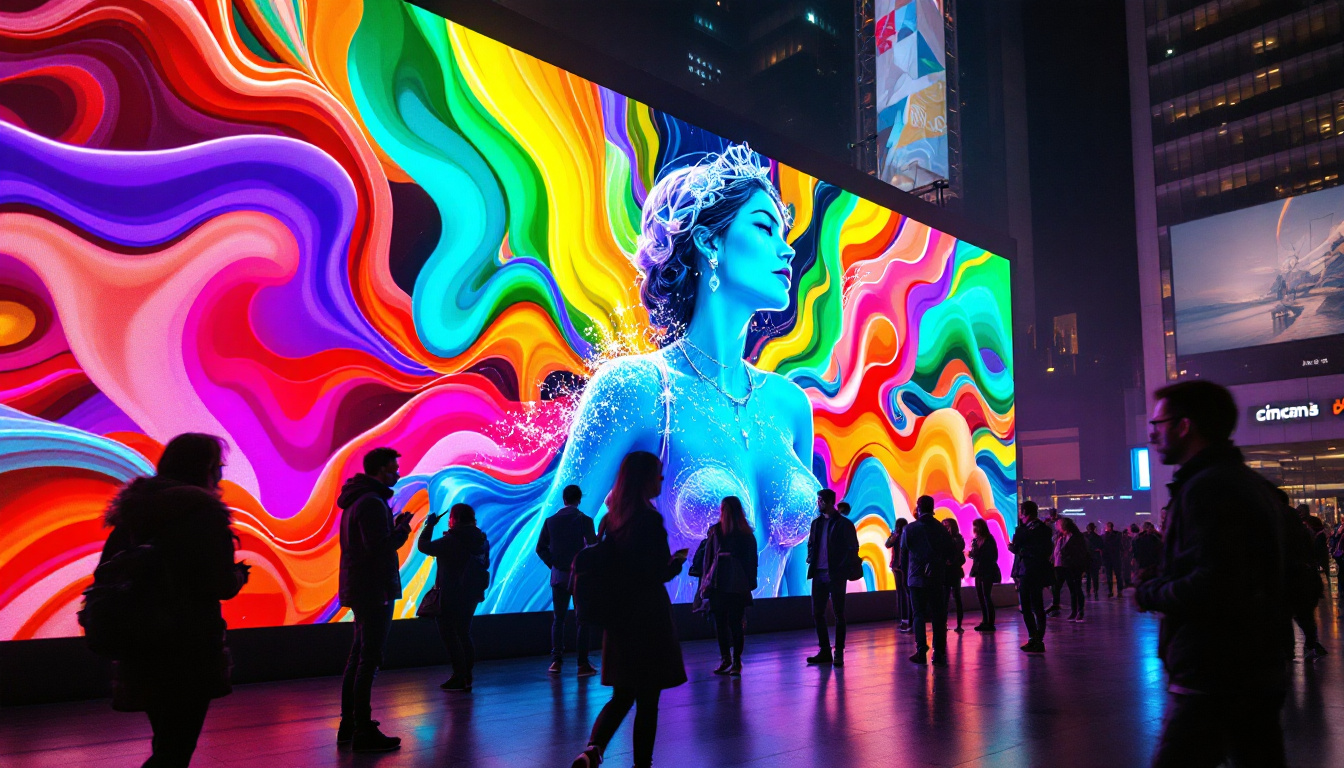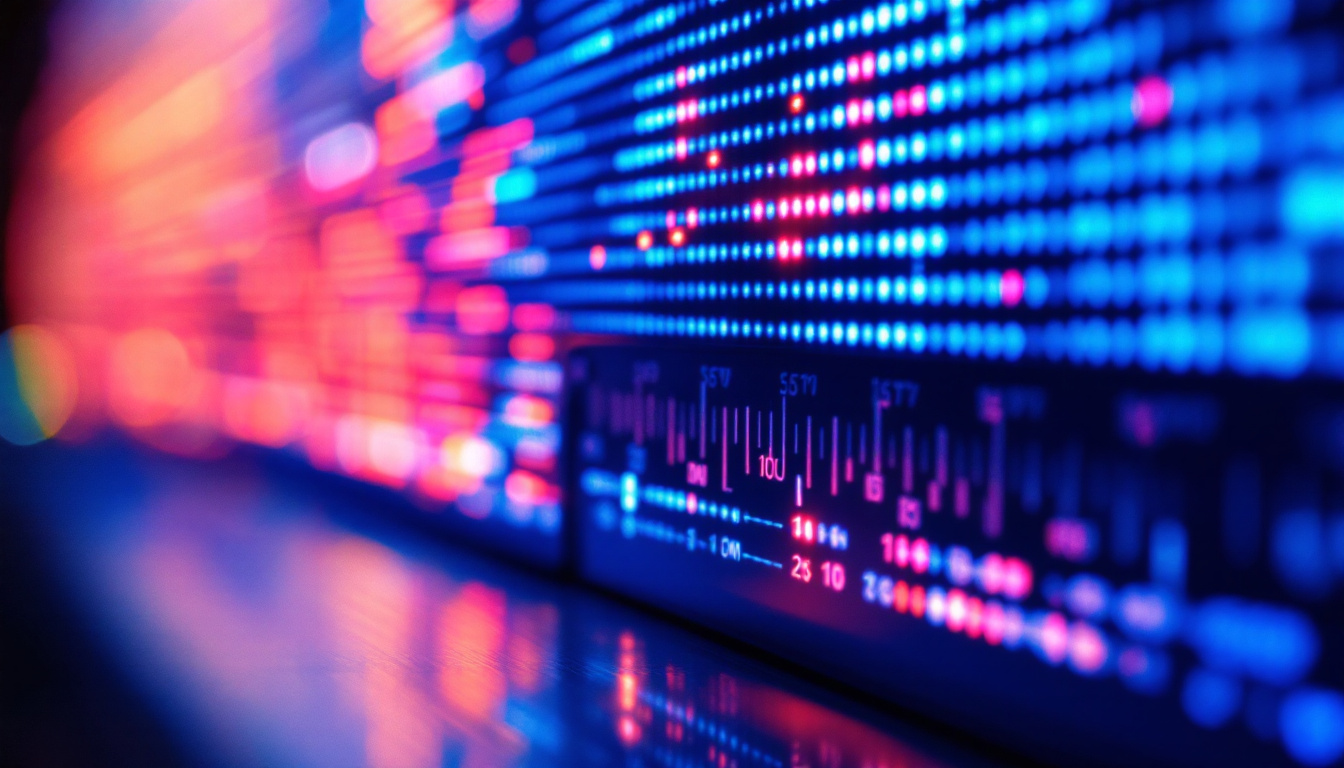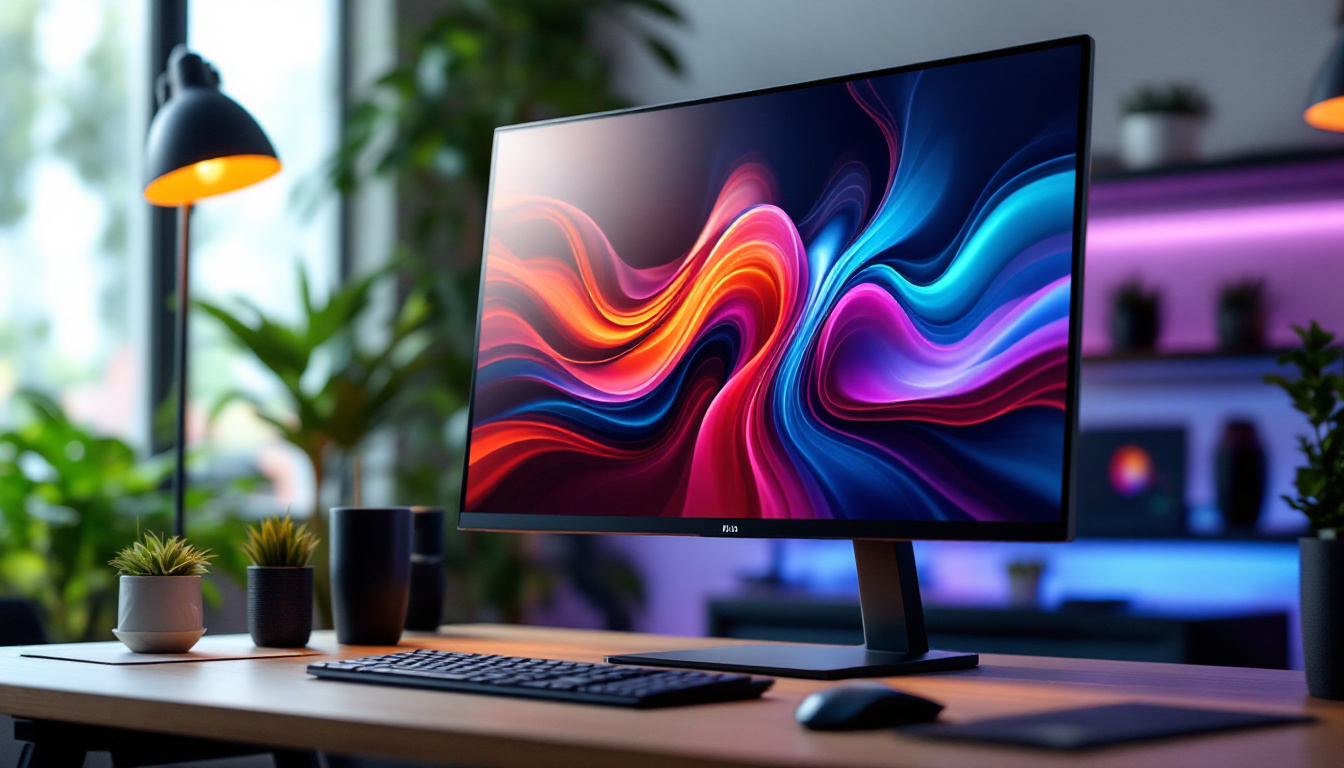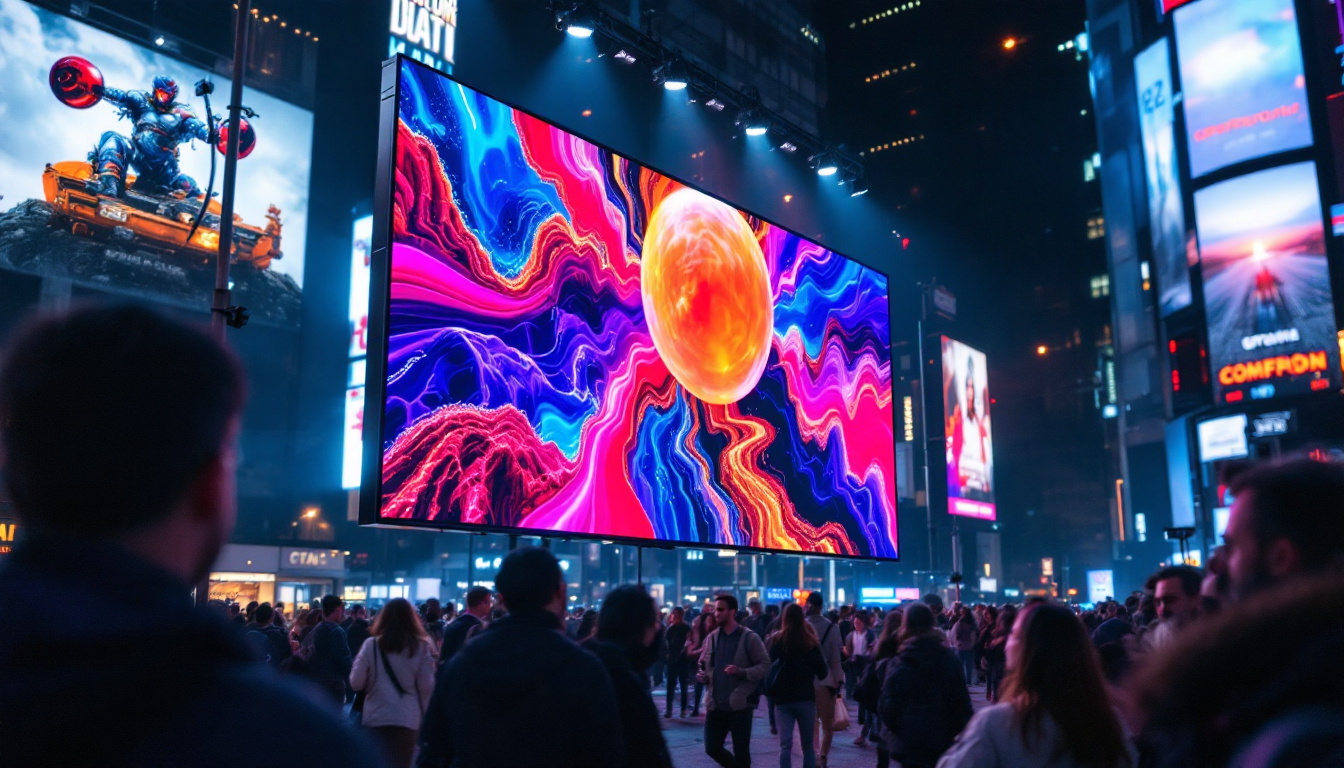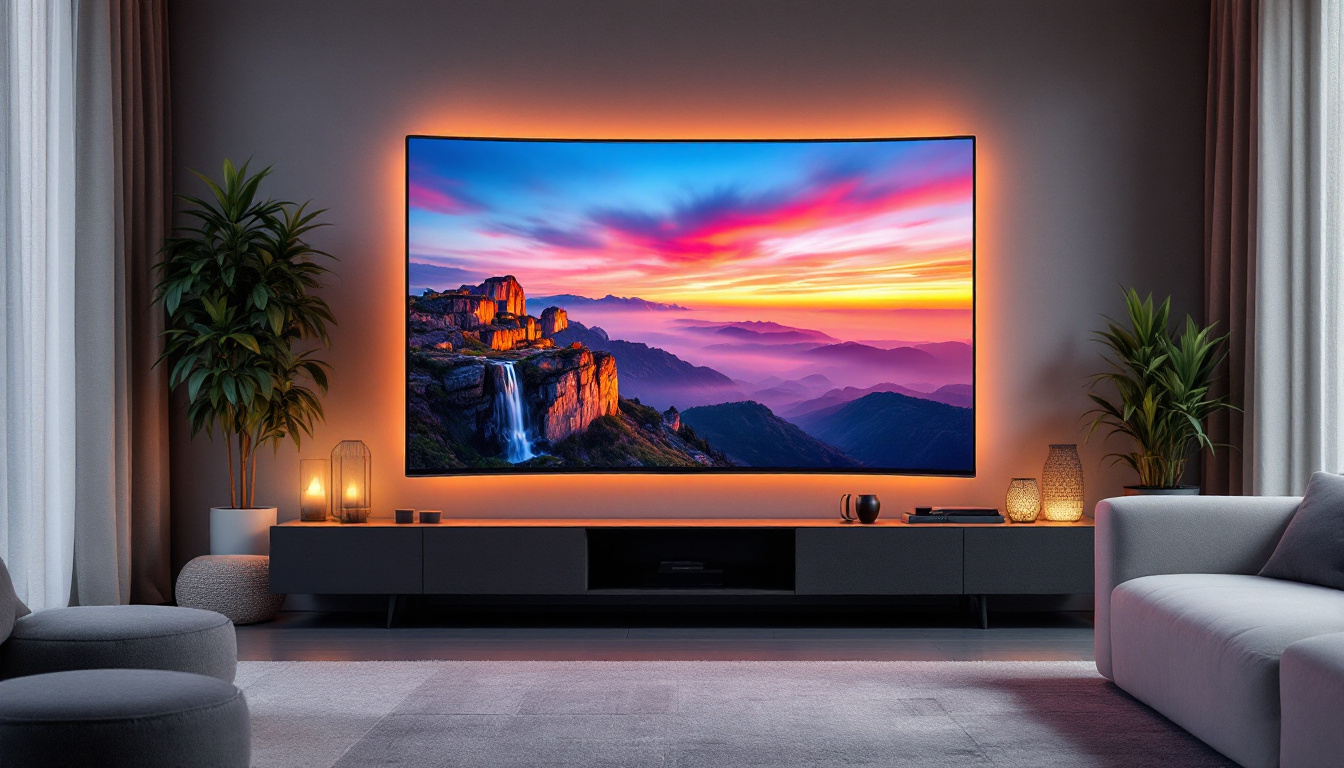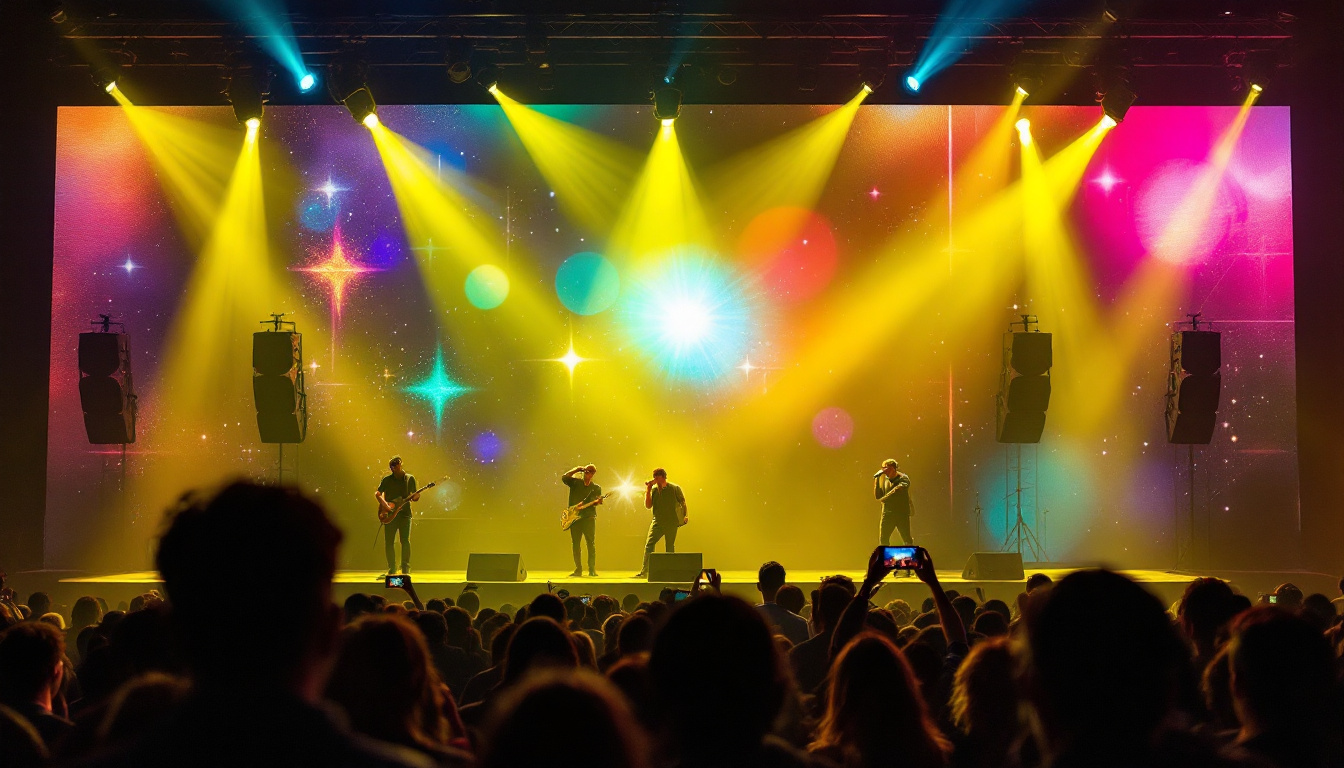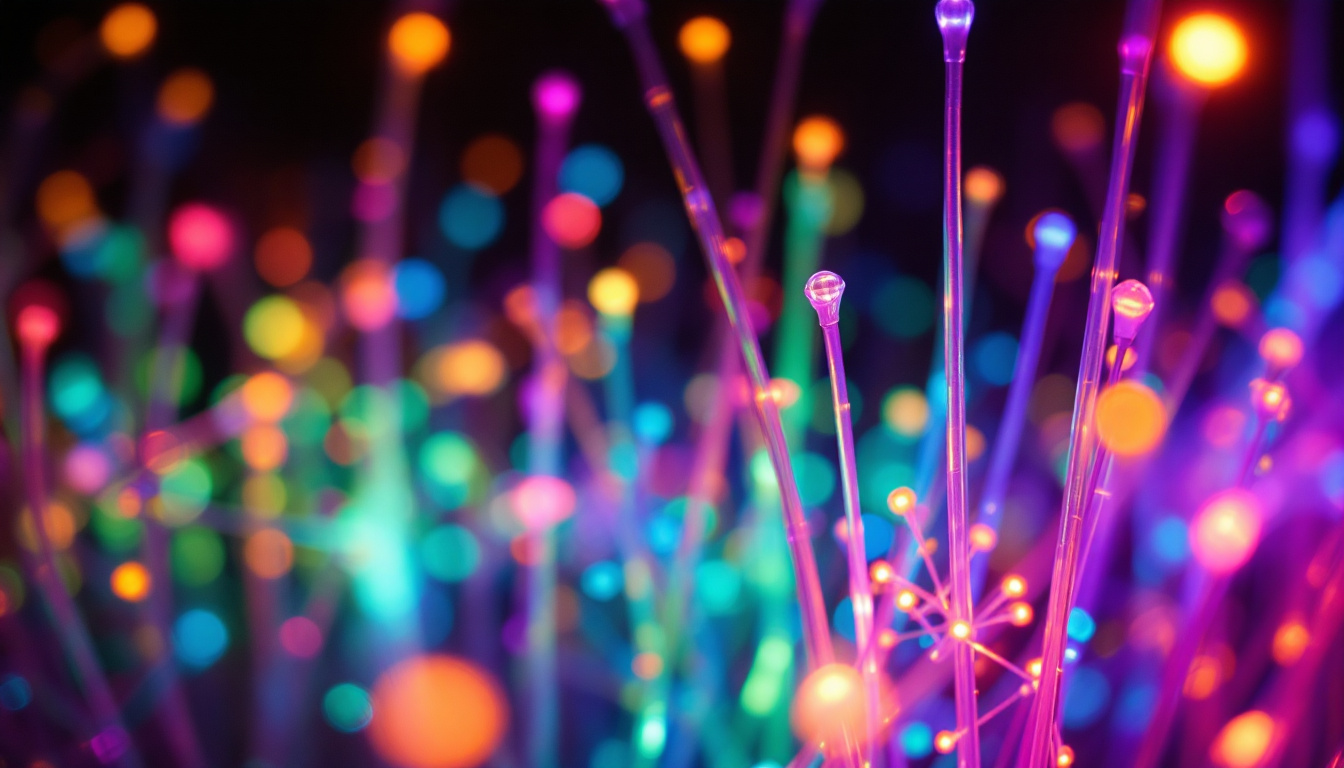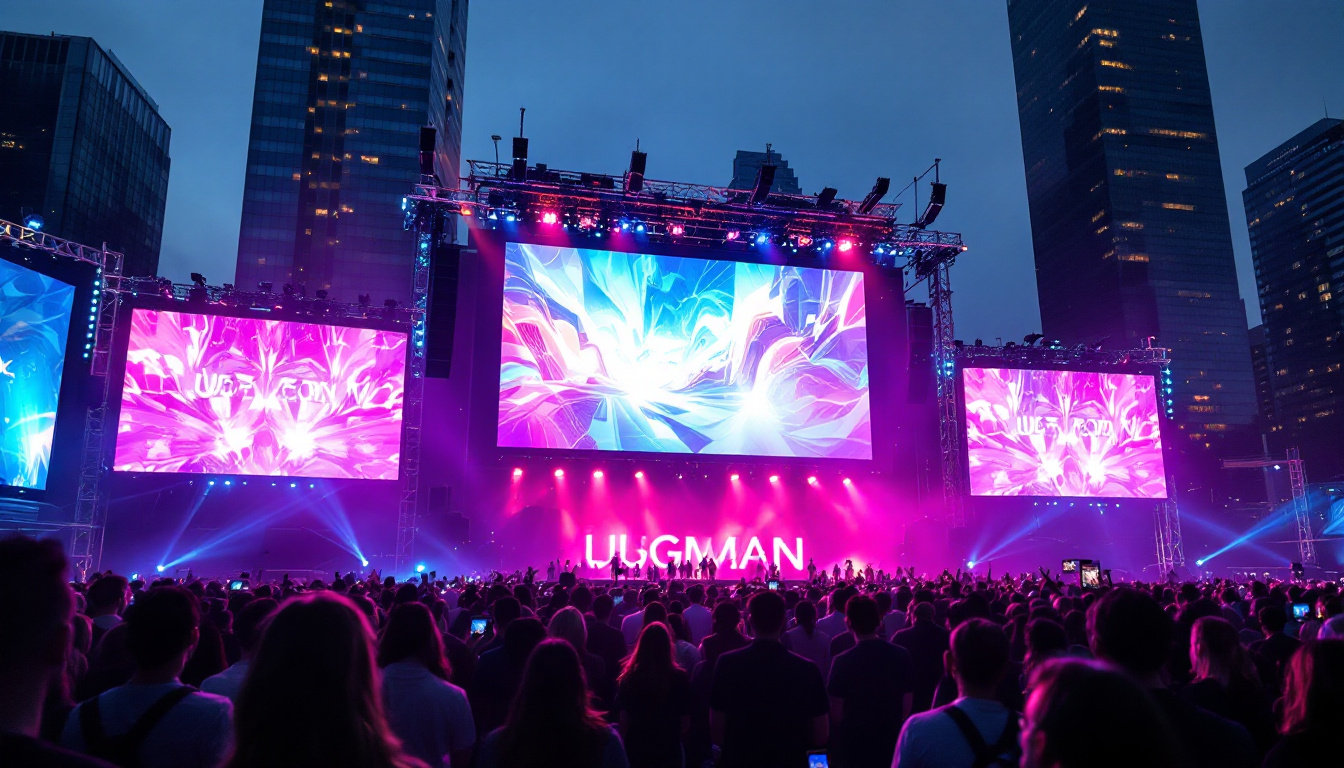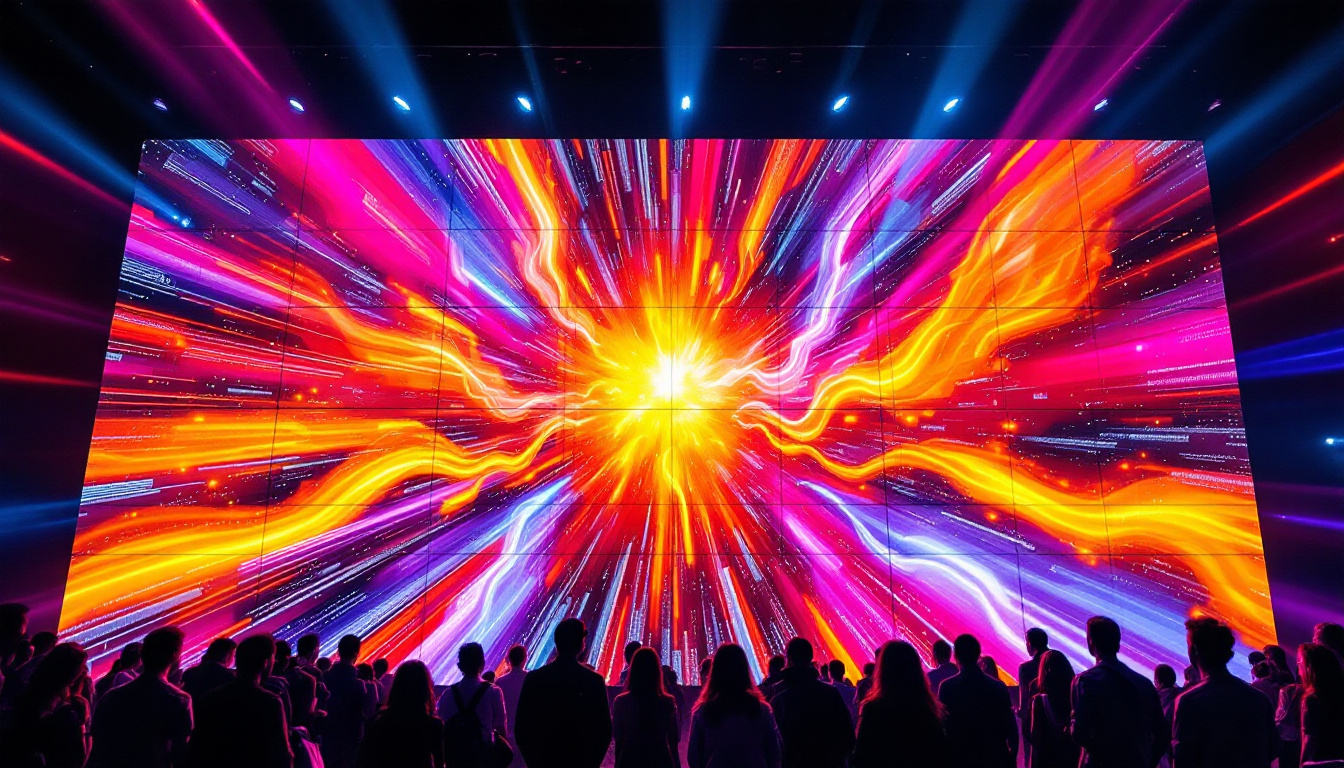In the rapidly evolving world of digital displays, LED technology has emerged as a dominant force, revolutionizing how information and visuals are presented across various industries. Among the many innovations within this space, Dvled displays have gained significant attention for their superior image quality and versatile applications. This article delves into the intricacies of Dvled technology, explaining what it is, how it works, and why it stands out in the crowded LED display market.
Understanding LED Display Technology
Light Emitting Diode (LED) displays have become ubiquitous in modern digital signage, television screens, and large-scale video walls. At their core, LED displays use tiny semiconductor devices that emit light when an electric current passes through them. This technology offers numerous advantages over traditional display methods, including higher brightness, better energy efficiency, and longer lifespan. The evolution of LED technology has significantly transformed how we consume visual media, making it more accessible and engaging for audiences worldwide.
LED displays come in various forms, including OLED (Organic LED), microLED, and traditional LED panels. Each type has distinct characteristics suited to different applications. The traditional LED panels, often used in outdoor billboards and stadium screens, are composed of an array of LEDs grouped into pixels that collectively create the image. In contrast, OLED technology utilizes organic compounds that emit light when energized, allowing for thinner displays with superior color accuracy and flexibility. MicroLED, on the other hand, is an emerging technology that promises even greater efficiency and resolution by using microscopic LEDs, paving the way for innovative applications in consumer electronics and beyond.
What Sets Dvled Apart?
Dvled, short for Direct View LED, is a specific type of LED display technology where the LEDs themselves directly emit the light that forms the image, as opposed to being backlit like LCD screens. This direct emission results in exceptionally vibrant colors, high contrast ratios, and wide viewing angles. Unlike LCDs, which rely on a backlight shining through liquid crystals, Dvled displays are self-illuminating, allowing for true blacks and more dynamic visuals. The ability to achieve such depth in color and contrast makes Dvled displays particularly appealing for applications in entertainment, art installations, and high-end commercial environments.
One of the most compelling features of Dvled displays is their modular design. Panels can be seamlessly tiled to create enormous screens of virtually any size, making them ideal for large venues, control rooms, and advertising spaces. This scalability, combined with the ability to produce high-resolution images, makes Dvled a preferred choice for applications demanding both size and clarity. Furthermore, Dvled technology is increasingly being integrated with advanced software solutions that allow for real-time content management and interactivity, enhancing viewer engagement. As the demand for immersive experiences grows, Dvled displays are poised to play a pivotal role in shaping the future of visual communication, enabling businesses and artists to captivate their audiences like never before.
The Technical Foundations of Dvled Displays
To appreciate the capabilities of Dvled technology, it’s essential to understand its technical components and how they work together to produce stunning visuals.
Pixel Structure and Resolution
Each pixel in a Dvled display consists of three subpixels: red, green, and blue LEDs. By varying the intensity of these subpixels, the display can produce a wide spectrum of colors. The density of these pixels, measured in pixels per inch (PPI) or pixel pitch (distance between pixels), determines the display’s resolution and clarity.
Modern Dvled panels can achieve pixel pitches as fine as 0.9mm, enabling ultra-high-definition displays suitable for close viewing distances. This level of precision is particularly valuable in environments like broadcast studios or corporate boardrooms, where image detail is paramount.
Brightness and Contrast
One of the standout advantages of Dvled displays is their exceptional brightness. Typical Dvled screens can reach brightness levels upwards of 1,000 to 5,000 nits, far surpassing traditional LCD displays. This high brightness ensures readability even in direct sunlight, making Dvled ideal for outdoor advertising and public information displays.
Moreover, because LEDs emit light directly, Dvled displays achieve near-infinite contrast ratios. True blacks are possible because individual LEDs can be turned off completely, unlike LCDs that rely on backlights which can cause light bleed and reduce contrast.
Durability and Lifespan
Durability is another critical factor driving the adoption of Dvled technology. LEDs are solid-state devices, meaning they have no fragile components like glass tubes or filaments. This robustness translates to longer lifespans, often exceeding 100,000 hours of operation under optimal conditions.
Additionally, Dvled panels are designed to withstand harsh environmental conditions, including extreme temperatures, moisture, and dust. This resilience makes them suitable for both indoor and outdoor installations, reducing maintenance costs and downtime.
Applications of Dvled Displays
The versatility of Dvled displays has led to their widespread adoption across numerous sectors. Their ability to deliver bright, high-resolution images on large scales makes them invaluable in settings where visual impact is critical.
Advertising and Digital Signage
Outdoor advertising has been transformed by Dvled technology. Billboards equipped with Dvled screens can display dynamic content that captures attention more effectively than static posters. According to recent market analyses, the global digital signage market is expected to grow at a compound annual growth rate (CAGR) of over 8% through 2027, driven largely by the adoption of LED-based solutions.
Retail environments also leverage Dvled displays to enhance customer engagement. From storefront windows to in-store promotions, these displays offer vibrant visuals that can be updated in real-time, enabling more flexible and targeted marketing strategies.
Entertainment and Sports Venues
Stadiums and arenas have embraced Dvled technology for scoreboards, video walls, and immersive fan experiences. The ability to create massive screens with high brightness ensures visibility from every seat, even in daylight conditions. For example, the AT&T Stadium in Texas features one of the largest Dvled video boards in the world, measuring over 160 feet wide.
Concerts and live events also benefit from Dvled displays, which can be configured into various shapes and sizes to complement stage designs and enhance visual storytelling.
Corporate and Control Room Environments
In corporate settings, Dvled displays are increasingly used for video conferencing, presentations, and digital collaboration. Their high resolution and color accuracy facilitate detailed content sharing, improving communication and decision-making.
Control rooms for utilities, transportation, and emergency services rely on Dvled video walls for monitoring and situational awareness. The ability to display multiple data streams simultaneously on a single seamless screen enhances operational efficiency and response times.
Choosing the Right Dvled Display
With a variety of options available, selecting the appropriate Dvled display requires careful consideration of several factors to ensure it meets specific needs and budget constraints.
Pixel Pitch and Viewing Distance
Pixel pitch is perhaps the most critical specification when choosing a Dvled display. A smaller pixel pitch means higher resolution and better image quality at close distances. For indoor applications where viewers are near the screen, pixel pitches of 1.2mm to 2.5mm are common. Outdoor displays, viewed from greater distances, typically use larger pixel pitches ranging from 4mm to 10mm or more.
Understanding the typical viewing distance helps in selecting a pixel pitch that balances image clarity with cost, as finer pixel pitches generally come at a higher price.
Brightness and Environmental Considerations
Brightness requirements vary significantly depending on the installation environment. Outdoor displays must be brighter to overcome sunlight, often necessitating screens capable of 5,000 nits or more. Indoor displays can operate effectively at lower brightness levels, typically between 600 and 1,200 nits, which also helps reduce energy consumption.
Environmental factors such as humidity, temperature fluctuations, and exposure to dust or chemicals should also guide the choice of display, ensuring durability and consistent performance.
Installation and Maintenance
The modular nature of Dvled displays simplifies installation and future maintenance. However, the complexity of the setup can vary based on screen size, resolution, and location. It is essential to work with experienced integrators who can design and install the system to meet technical and aesthetic requirements.
Maintenance considerations include access for repairs, availability of replacement modules, and software support for content management. Many modern Dvled systems offer remote diagnostics and control, minimizing downtime and operational costs.
The Future of Dvled Technology
As LED technology continues to advance, the future of Dvled displays looks promising. Innovations in microLED and miniLED technologies are pushing the boundaries of pixel density and energy efficiency even further.
MicroLED and MiniLED Innovations
MicroLED displays use microscopic LEDs to achieve unprecedented resolution and brightness while maintaining the benefits of direct view technology. These displays promise improved color accuracy, faster response times, and reduced power consumption, making them ideal for next-generation devices ranging from smartphones to large-scale video walls.
MiniLED technology, which uses smaller LEDs as backlighting for LCD panels, offers a cost-effective way to enhance contrast and brightness, bridging the gap between traditional LCDs and full Dvled displays.
Integration with Smart Technologies
Future Dvled systems are expected to integrate more seamlessly with smart technologies, including IoT connectivity, AI-driven content management, and interactive features. This integration will enable more personalized and dynamic content delivery, enhancing user engagement and operational efficiency.
For example, smart Dvled displays in retail could adjust content based on customer demographics or environmental conditions, while in public spaces, they could provide real-time updates and emergency alerts.
Conclusion
Direct View LED (Dvled) technology represents a significant leap forward in digital display solutions, offering unparalleled brightness, color accuracy, and scalability. Its versatility across advertising, entertainment, corporate, and control room applications underscores its growing importance in the digital age.
By understanding the technical foundations, application scenarios, and future trends of Dvled displays, businesses and organizations can make informed decisions to leverage this powerful technology effectively. As innovations continue to emerge, Dvled displays are poised to become even more integral to how visual information is communicated worldwide.
Explore Cutting-Edge LED Displays with LumenMatrix
Ready to elevate your visual communication with the brilliance of Dvled technology? LumenMatrix, a pioneer in LED display innovation, offers a comprehensive range of solutions tailored to your needs. From Indoor and Outdoor LED Wall Displays to specialized options like Vehicle, Sports, and Floor LED Displays, LumenMatrix is committed to transforming your space with vibrant, high-impact visuals. Discover how our Custom, All-in-One, and Transparent LED Displays can bring your vision to life. Check out LumenMatrix LED Display Solutions today and step into the future of digital signage.


